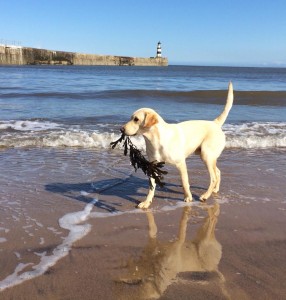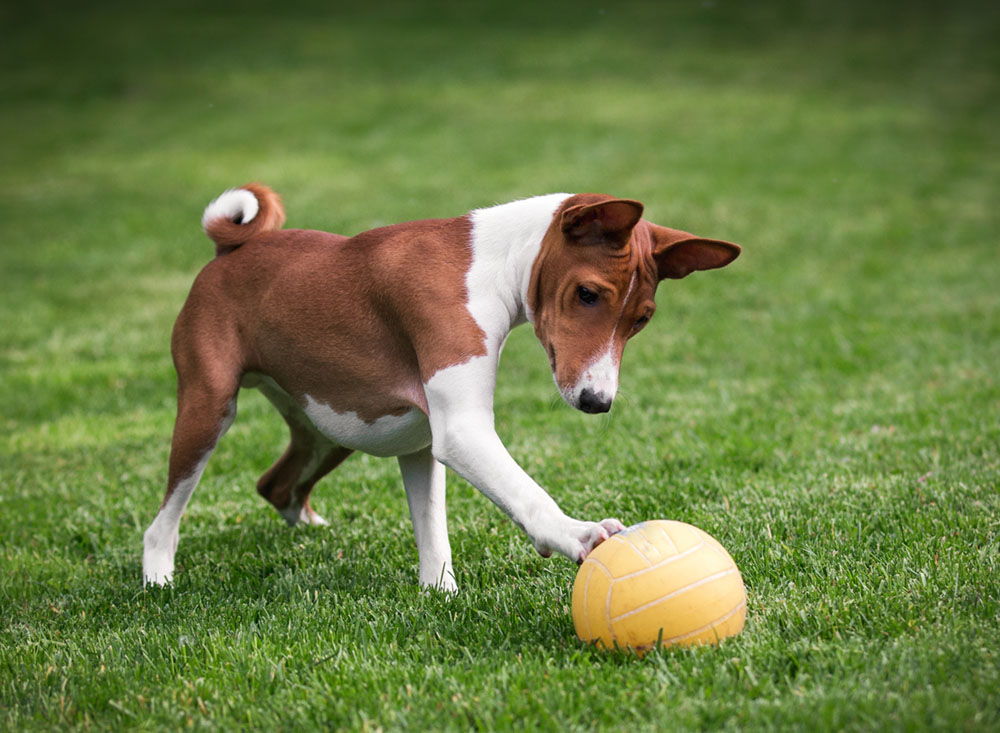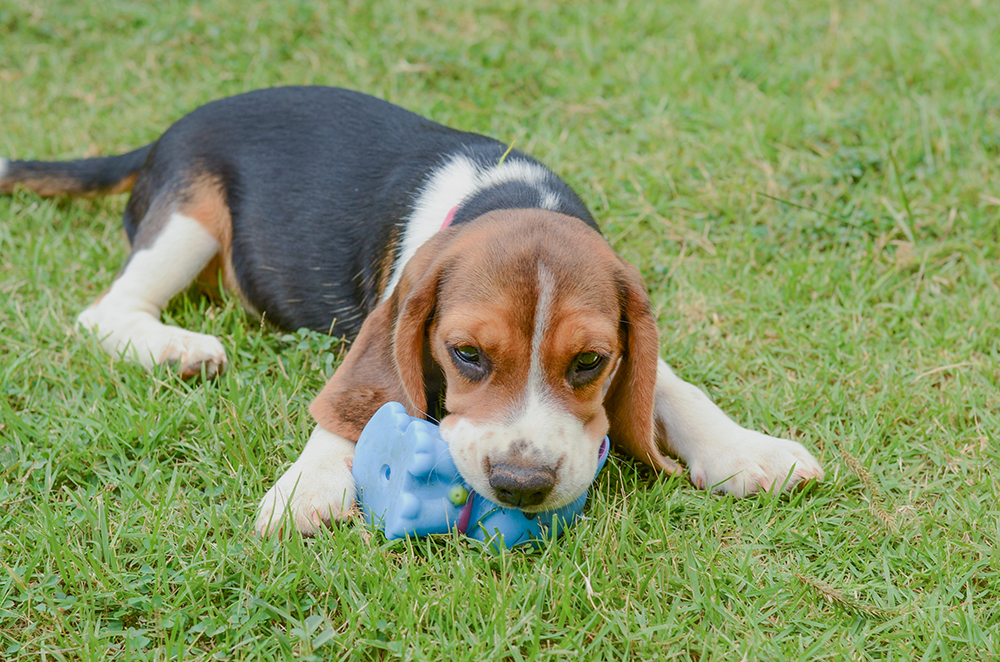Canine Playtime – Learning Through Play
13/11/2017
Dog training in the UK has thankfully developed a more positive and science-based basis when compared to the often rather harsh training methods of the past. Training now involves much more learning through play, fun and games. Furthermore, canine playtime is a great opportunity to provide physical and mental stimulation and bond with humans and other canines. It’s good for you and good for your dog!
 Throughout the animal kingdom, many animals learn through playing with parents, siblings and others in their pack or herd. For example, tiger cubs learn how to stalk, chase and catch prey by role-playing with siblings. Domesticated animals, such as dogs, continue their learning, once they are removed from their litter, from humans through training or play. Canine playtime is often a time when dogs learn important skills, such as softmouthing, recall, patience and manners. We’ve put together a list of games you can play with your dog and the skills they learn from them.
Throughout the animal kingdom, many animals learn through playing with parents, siblings and others in their pack or herd. For example, tiger cubs learn how to stalk, chase and catch prey by role-playing with siblings. Domesticated animals, such as dogs, continue their learning, once they are removed from their litter, from humans through training or play. Canine playtime is often a time when dogs learn important skills, such as softmouthing, recall, patience and manners. We’ve put together a list of games you can play with your dog and the skills they learn from them.
- Fetch. Vary the objects used, height, direction and trajectory to keep ‘fetch’ fresh. Catching a tennis ball requires different skills to catching a frisbee, for example. Avoid playing fetch with sticks, which can cause nasty lacerations and digestive tract damage. Skills learnt: Finding, retrieving, recall, giving up.
- Tug-of-War. This is a great game for allowing a puppy to mouth and play-bite without them biting on your fingers or hands. Puppies naturally play-bite with siblings, but mustn’t get into the habit of play-biting (and later biting) humans. Handing them a toy when they want to play-bite indulges the need to bite and having a ‘tug-of-war’ with it turns it into a game. Stop playing if their teeth touch your hand to send the signal that it isn’t okay. Skills learnt: Play-biting is restricted to toys and not humans, giving up.
- Hide and Seek. Soft toys, kongs stuffed with food, treats and favourite balls all make great items to hide for your dog to seek. Start off easy with the dog seeing you hide the item and increase in difficulty to really test your dog’s skills. Skills learnt: Hunting, following a scent, retrieving and giving up.
- Water Play. Water play can take place in the garden or yard with hoses or sprinklers. You can even buy non-toxic bubbles for dogs to play with. Or, to vary it and increase confidence, safe beaches and rivers are great places for water play. Games can include chase in and out of water or retrieving floating toys. For first few occasions at the beach or river, choose shallow, calm locations and start gradually. Skills learnt: Water confidence, chasing, retrieving, giving up.
- Chase. Tie a favourite toy to a rope or retractable lead to instigate a great game of chase for your dog. Pulling the toy behind objects that screen the toy from sight increases the complexity of the game. Skills learnt: Hunting, predating, giving up.
Some important points to remember during canine playtime:
- Don’t play wrestling games, which can get out of hand when a dog gets overexcited. Allowing a dog to wrestle with you can encourage it to use the same behaviour with other people including children.
- Keep toys low in your hand to discourage jumping up.
- Make sure your dog understands the ‘leave’ command and gives up toys when asked to do so. It’s a good idea to remind children that they must use a leave command and wait for a dog to give up a toy. Never snatch a toy from a dog.
- Use praise, encouragement and a firm, positive tone when talking to your dog.
- To avoid over-eating, use a handful of your dog’s usual kibble, taken from their allotted daily portion, for giving out as treats, hiding or stuffing in toys.
- Only play when your dog is in the right mood: receptive and happy.
- Make your dog sit or lie down before beginning a canine playtime session. Then reward them with play.
- It’s better to have shorter, more frequent play sessions than fewer, longer sessions.
- End your play session whilst your dog is still enjoying play and wants to carry on. This puts you in charge of the session and ends on a good vibe.
- Categories
- A Dog's Life
- Arkwrights Beef
- Arkwrights Chicken
- Breed Guides
- Dog Nutrition & Health
- Dog Shows & Events
- Dr John Gold
- Dr John Grain-Free
- Dr John Hypo Lamb and Rice
- Dr John Hypoallergenic
- Dr John Puppy
- Dr John Silver Beef
- Dr John Silver Chicken
- Dr John Titanium
- G & P Dog Feeds
- Gilpa Kennel
- Gilpa Slimline
- Gilpa Super Mix
- Gilpa Trinkets
- Gun Dogs
- Latest Articles & News
- Other Dog Articles




